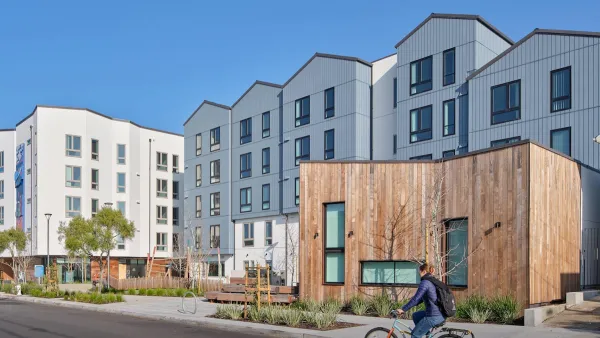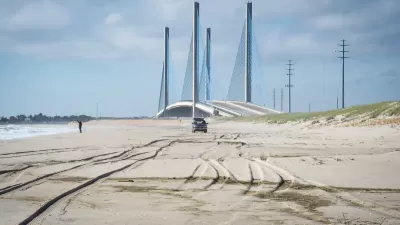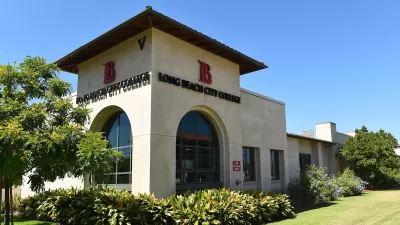Surfers, local businesses and residents alike rallied against kicking in $7 million for an Army Corps of Engineers plan to elevate beaches and erect sand dunes in Long Beach, NY six years ago. Post-Hurricane Sandy, most regret this choice.
The broader $98 million plan spared neighboring coastal communities such as Point Lookout, Lido Beach and Atlantic Beach millions in damages from Sandy, whereas “Long Beach suffered at least $200 million in property and infrastructure losses, according to preliminary estimates,” reports Mireya Navarro. Though it is still early to assess the exact impact of the Army's project, “for the most part, dune barriers acted like soft sea walls made of sand and vegetation that even when flattened or breached still managed to protect places like Westhampton Beach on Long Island, Plumb Beach in Brooklyn, and Bradley Beach in Monmouth County, N.J.,” she adds.
As Long Beach and other local communities look to rebuild, past opposition to sand dunes is being reconsidered. “But some shoreline experts warn that anything short of relocating the buildings and development closest to the ocean only buys time as sea levels rise,” writes Navarro. Orrin H. Pilkey, professor emeritus of earth and ocean sciences at Duke University, “supports dune restoration but also proposes limiting and mitigating development, including not rebuilding destroyed homes next to the beach and elevating others onto stilts to avoid flooding in the event that dunes are overtopped.”
Ultimately, each community will need to decide on how to move forward. “Our preference is to put those dunes back as quickly as possible,” said Julie Schreck, the mayor of Bradley Beach. “I hope other communities will consider trying to emulate nature as much as they can, but I guess every town has to take stock of its own preferences.”
FULL STORY: Resisted for Blocking the View, Dunes Prove They Blunt Storms

Planetizen Federal Action Tracker
A weekly monitor of how Trump’s orders and actions are impacting planners and planning in America.

San Francisco's School District Spent $105M To Build Affordable Housing for Teachers — And That's Just the Beginning
SFUSD joins a growing list of school districts using their land holdings to address housing affordability challenges faced by their own employees.

The Tiny, Adorable $7,000 Car Turning Japan Onto EVs
The single seat Mibot charges from a regular plug as quickly as an iPad, and is about half the price of an average EV.

With Protected Lanes, 460% More People Commute by Bike
For those needing more ammo, more data proving what we already knew is here.

In More Metros Than You’d Think, Suburbs are Now More Expensive Than the City
If you're moving to the burbs to save on square footage, data shows you should think again.

The States Losing Rural Delivery Rooms at an Alarming Pace
In some states, as few as 9% of rural hospitals still deliver babies. As a result, rising pre-term births, no adequate pre-term care and "harrowing" close calls are a growing reality.
Urban Design for Planners 1: Software Tools
This six-course series explores essential urban design concepts using open source software and equips planners with the tools they need to participate fully in the urban design process.
Planning for Universal Design
Learn the tools for implementing Universal Design in planning regulations.
Smith Gee Studio
City of Charlotte
City of Camden Redevelopment Agency
City of Astoria
Transportation Research & Education Center (TREC) at Portland State University
US High Speed Rail Association
City of Camden Redevelopment Agency
Municipality of Princeton (NJ)




























